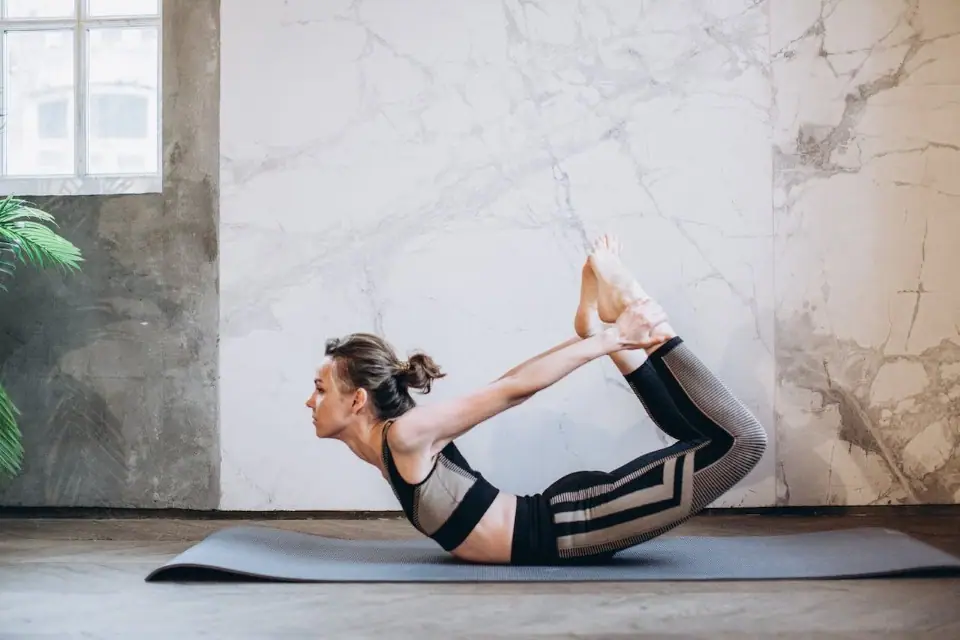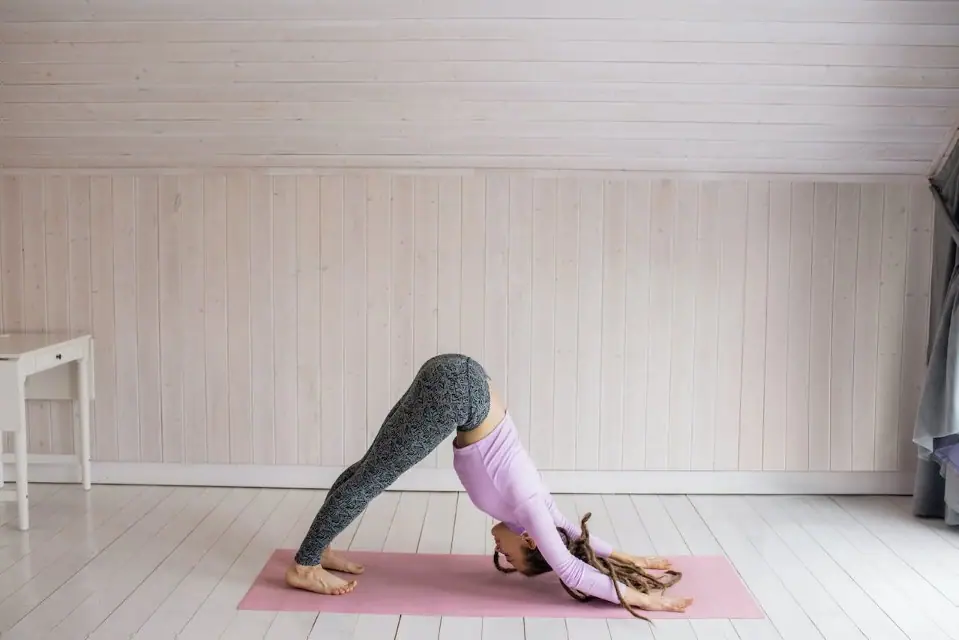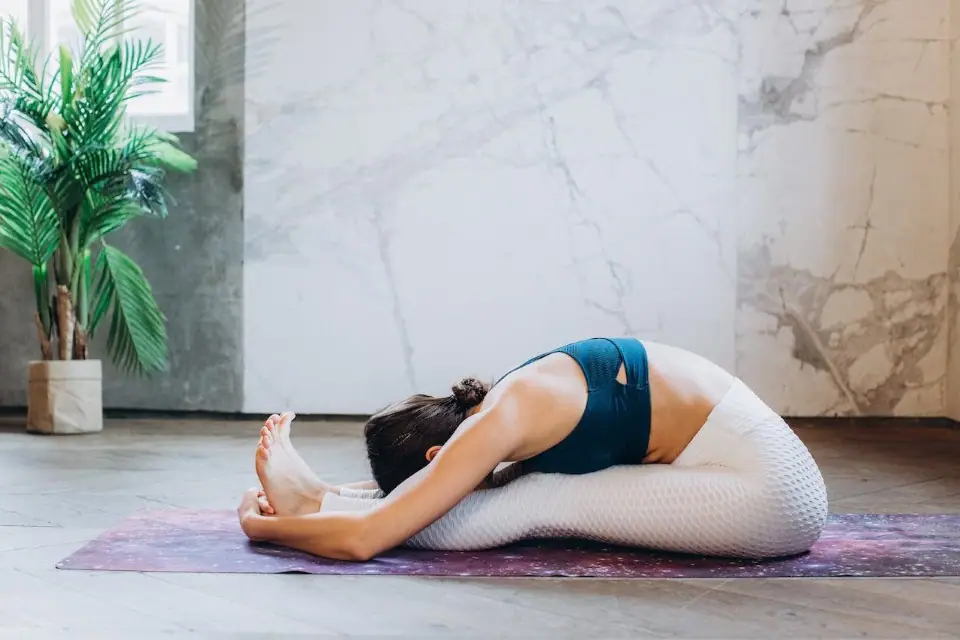Many people experience the feeling that they simply cannot stretch enough. No matter how much time is spent stretching, or how deeply a stretch is held, there is still a lingering sensation that the muscles remain tight. This experience can be frustrating, as proper stretching is an important component of exercise, injury prevention, and maintaining flexibility.
Reasons For Feeling Of Inadequate Stretching
There are several potential reasons why someone may have the persistent feeling of being unable to stretch sufficiently:
Muscle Tightness
Chronically tight muscles, whether due to daily habits, injury, or anatomy, are less pliable. The muscles resist being stretched, making it difficult to reach a satisfying stretch sensation. Tightness in large muscle groups like the hamstrings, hips, and shoulders especially contribute to feeling like stretches are not deep enough.

Insufficient Stretching Time
Many experts recommend stretching a muscle for at least 30 seconds in order to properly lengthen the tissue. Stretches held for shorter periods may not be long enough to have a noticeable impact on inflexible, stubborn muscles.
Overestimating Flexibility
People often expect more from their stretching than their current level of flexibility allows. Pushing too far into a stretch can cause injury. Being patient and gradually increasing flexibility allows muscles to lengthen over time.
Unrealistic Expectations
Images depicting extreme stretching ability can skew perceptions of what a reasonable stretch looks and feels like. Every body has unique levels of flexibility that cannot always imitate advanced poses. Focusing on what feels productive rather than comparing to others is constructive.

Lack Of Muscle Warm Up
Stretching cold, tight muscles before warming them up first is less effective. Light, dynamic movements raise the muscle temperature and make them more pliable and receptive to stretching.
Ways To Improve Stretching Effectiveness
Some methods can help address the feeling of inadequate stretching:
Try assisted and prop stretches to provide support and gently extend the muscles further than possible alone.
Focus on relaxing and breathing deeply to inhibit the body’s protective tension response during stretching.
Increase the duration of stretch holds to 60 seconds or longer.
Stretch regularly to make progress gradually over time without pushing to the point of pain.
Warm up muscles through light aerobic activity beforehand.
Target tight muscle groups with massage and foam rolling to loosen tissues.
Stretch to the point of feeling the muscle lengthen and tension ease, not to absolute maximum capacity.
The feeling that stretching just isn’t giving muscles the release they crave can be frustrating. But employing patience along with these techniques can improve stretching effectiveness and range of motion. Over time, muscles will lengthen, soreness will ease, and a satisfying stretch can be achieved.

